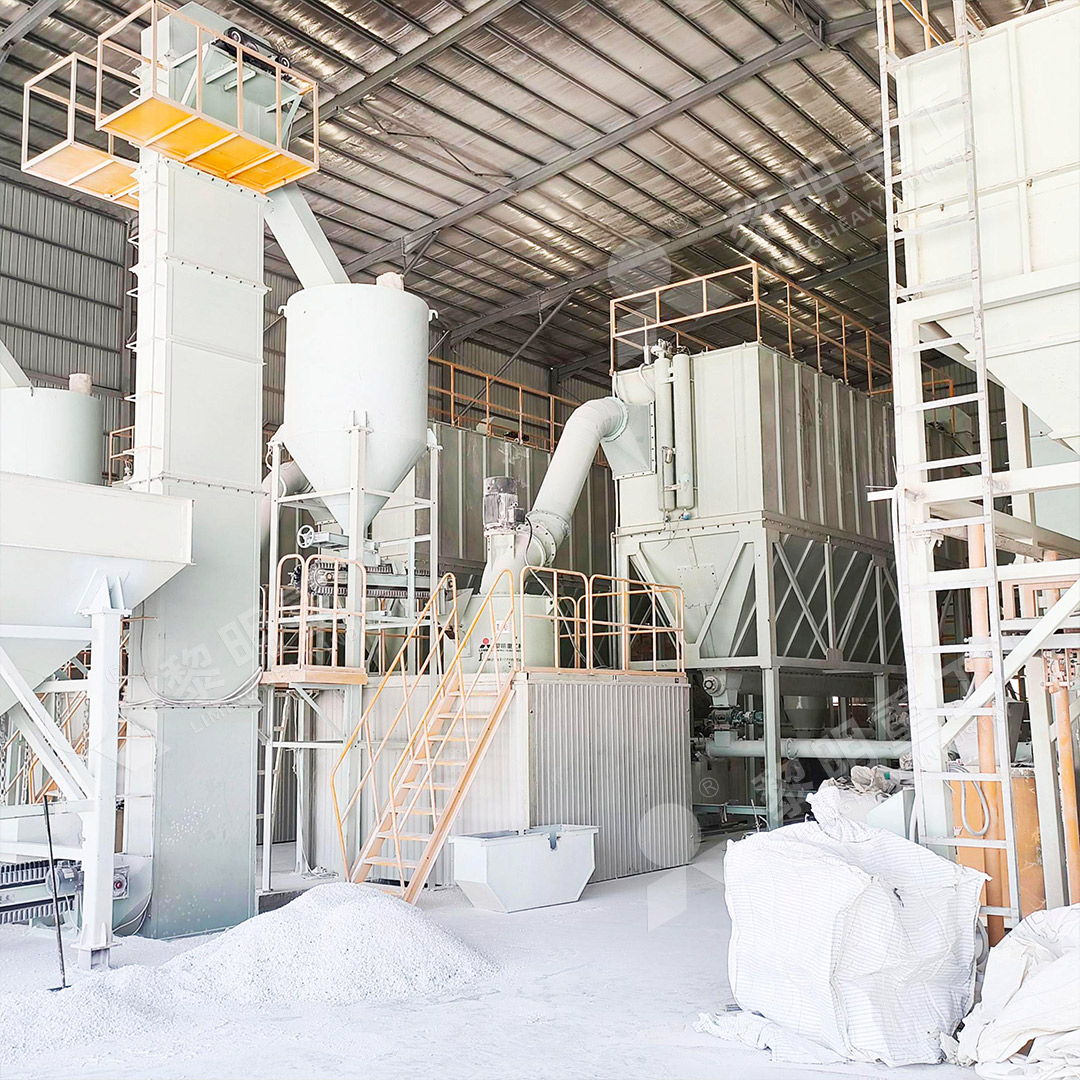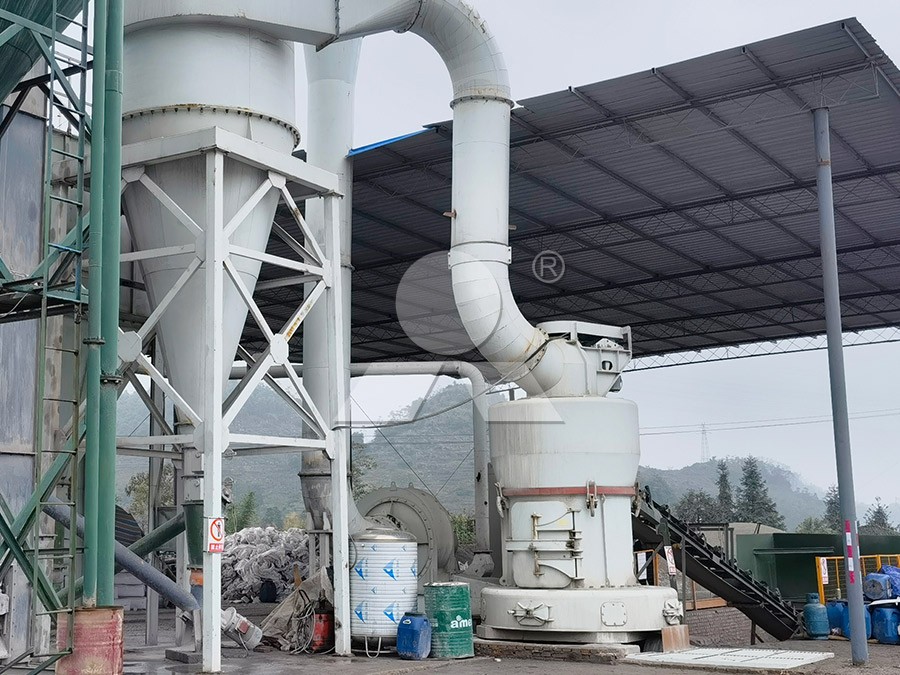Bentonite Grinding Process: From Raw Ore to Fine Powder
Bentonite Grinding Process: From Raw Ore to Fine Powder
Bentonite, a clay mineral with exceptional absorption and swelling properties, undergoes a sophisticated transformation from raw ore to fine powder suitable for various industrial applications. The journey begins at mining sites where raw bentonite is extracted, typically containing 25-40% moisture content and varying impurities that must be addressed through careful processing.

Initial Processing: Drying and Crushing
The first critical stage involves drying the raw bentonite to reduce moisture content to approximately 15-18%. This preliminary drying enhances the efficiency of subsequent crushing operations. Once adequately dried, the material proceeds through primary crushing equipment, typically jaw crushers, which reduce large chunks to manageable sizes of 50-100mm. Secondary crushing further refines the material to 10-20mm particles, preparing it for the grinding phase.
Proper drying and crushing are essential foundations for efficient grinding. Insufficient moisture reduction can lead to clogging in grinding equipment, while improper sizing may cause uneven wear and reduced throughput in milling systems.
The Grinding Stage: Transforming Crushed Ore into Fine Powder
Grinding represents the core of bentonite processing, where the physical and chemical properties are optimized for end-use applications. Traditional grinding approaches often involved Raymond mills or ball mills, but technological advancements have introduced more efficient solutions.
For operations requiring ultra-fine bentonite powder between 325-2500 meshes, the MW Ultrafine Grinding Mill offers exceptional performance. With an input size capacity of 0-20 mm and throughput ranging from 0.5-25 tph, this system delivers higher yielding at lower energy consumption compared to conventional grinding mills. The innovative design eliminates rolling bearings and screws in the grinding chamber, significantly reducing maintenance concerns while the efficient pulse dust collector ensures environmentally responsible operation.

Classification and Quality Control
Following grinding, the bentonite powder undergoes precise classification to ensure consistent particle size distribution. Advanced separator technology, such as the cage-type powder selector in the MW Ultrafine Grinding Mill, enables operators to achieve exact fineness specifications with screening rates achieving d97≤5μm in a single pass.
Quality control laboratories continuously monitor key parameters including particle size distribution, moisture content, swelling index, and viscosity to guarantee the final product meets application-specific requirements. This rigorous testing ensures that bentonite destined for diverse applications—from foundry bonding and drilling muds to pharmaceuticals and cosmetics—exhibits the necessary performance characteristics.
Packaging and Storage
The final stage involves packaging the fine bentonite powder according to customer specifications. Multi-wall paper bags, bulk bags, or specialized containers protect the product from moisture absorption and contamination during storage and transportation. Proper packaging preserves the carefully engineered properties achieved through the grinding process until the material reaches end-users.

Frequently Asked Questions
What is the optimal moisture content for bentonite before grinding?
For efficient grinding, bentonite should be dried to approximately 15-18% moisture content. Higher moisture levels can cause material buildup and reduce grinding efficiency, while excessive drying may degrade certain beneficial properties.
How does the MW Ultrafine Grinding Mill achieve higher energy efficiency?
The MW mill incorporates newly designed grinding curves of the grinding roller and ring, enhancing grinding efficiency by 40% compared to jet grinding mills and doubling the output of ball grinding mills while consuming only 30% of the energy of jet grinding systems.
What fineness range can be achieved with modern bentonite grinding equipment?
Advanced systems like the MW Ultrafine Grinding Mill can produce bentonite powders ranging from 325 to 2500 meshes, with the capability to achieve d97≤5μm particle size in a single processing stage.
How important is dust control in bentonite grinding operations?
Dust control is critical for both environmental compliance and product recovery. Modern grinding mills integrate efficient pulse dust collectors that capture fine particles, reducing material loss and ensuring clean operation that meets national environmental standards.
What maintenance advantages do contemporary grinding mills offer?
Systems like the MW Ultrafine Grinding Mill eliminate rolling bearings and screws from the grinding chamber, preventing common failure points. External lubrication systems enable maintenance without shutdown, supporting continuous 24-hour operation.
